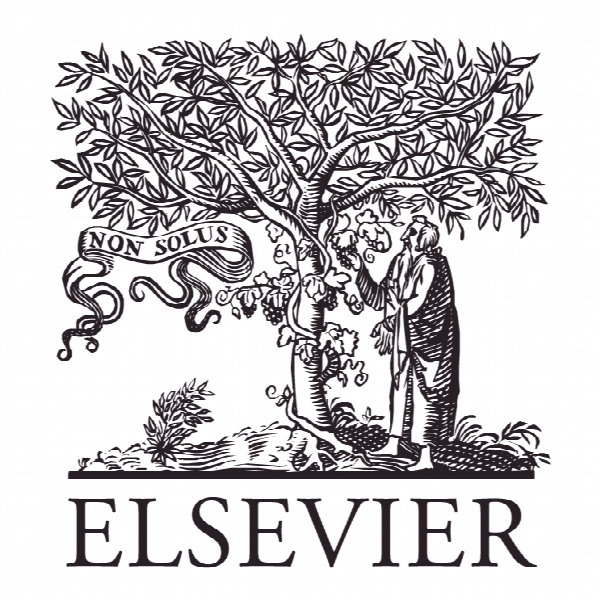ترکیب سنتی و پیشرفته در آموزش بازاریابی با استفاده از استراتژی توسعه شایستگی هرمنوتیک Melding traditional and progressive andragogy in marketing education, using the hermeneutic competency development strategy
- نوع فایل : کتاب
- زبان : انگلیسی
- ناشر : Elsevier
- چاپ و سال / کشور: 2018
توضیحات
رشته های مرتبط مدیریت
گرایش های مرتبط بازاریابی
مجله بازاریابی استرالیا – Australasian Marketing Journal
دانشگاه The Auckland University of Technology – New Zealand
شناسه دیجیتال – doi https://doi.org/10.1016/j.ausmj.2018.05.004
منتشر شده در نشریه الزویر
کلمات کلیدی انگلیسی Attendance, experiential learning, flipped classroom, outcome-based learning, engagement, teaching strategy
گرایش های مرتبط بازاریابی
مجله بازاریابی استرالیا – Australasian Marketing Journal
دانشگاه The Auckland University of Technology – New Zealand
شناسه دیجیتال – doi https://doi.org/10.1016/j.ausmj.2018.05.004
منتشر شده در نشریه الزویر
کلمات کلیدی انگلیسی Attendance, experiential learning, flipped classroom, outcome-based learning, engagement, teaching strategy
Description
Introduction Employers and educators alike call for work-ready, entry-level graduates who can understand and apply theory, frameworks and models in the workplace and who emerge from the classroom as socially skilled (i.e. understand specialized knowledge, are able to apply this knowledge), think critically for themselves, and are able to communicate marketing concepts effectively in business English. (Adler et al., 2004; De Villiers, 2013; De Villiers, 2010). At the same time, tertiary educators express concerns about dwindling class attendance, and question current teaching methods and how these are received by students (Dolnicar et al., 2009; Rodgers, 2001). The quality of the lecturer and/or the lecture content influence enjoyment of classes, class attendance, and learning outcomes (Dolnicar et al., 2009). Engaged students perform better and ultimately learn more; this engagement develops their technical and inter-personal skills, and enables them to perform better as employees (and employers). For example, Chylinski (2010, p.25) reports that using a small external incentive to increase in-class participation results in “a positive effect on students’ experience and perceived understanding of course material, as well as the social atmosphere during class discussions.” The big question is therefore “What really works in the classroom?” (Chall, 2000, p.1). Several studies report from various perspectives (student, facilitator, and industry) on the perceived effectiveness of a variety of learning methodologies (Karns, 1993; Morrison et al., 2003: Dolnicar et al., 2009; Lilly and Tippins, 2002; Chylinski, 2010), with some clearly focused on application to real-world problems (Di Conti, 2005; Mintzberg, 2004; Schank, 1995; Weick, 1996). However, despite the significance of the topic, there is still disagreement on which teaching methods are most effective in improving student engagement and learning. Further, to our knowledge there is no empirical work comparing the suggested teaching methods in tertiary undergraduate marketing classes, as applied to one key topic covering several learning outcomes.


